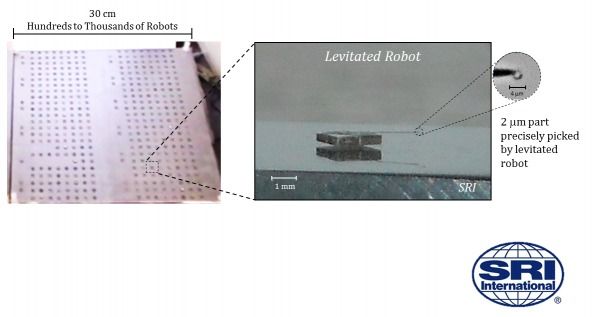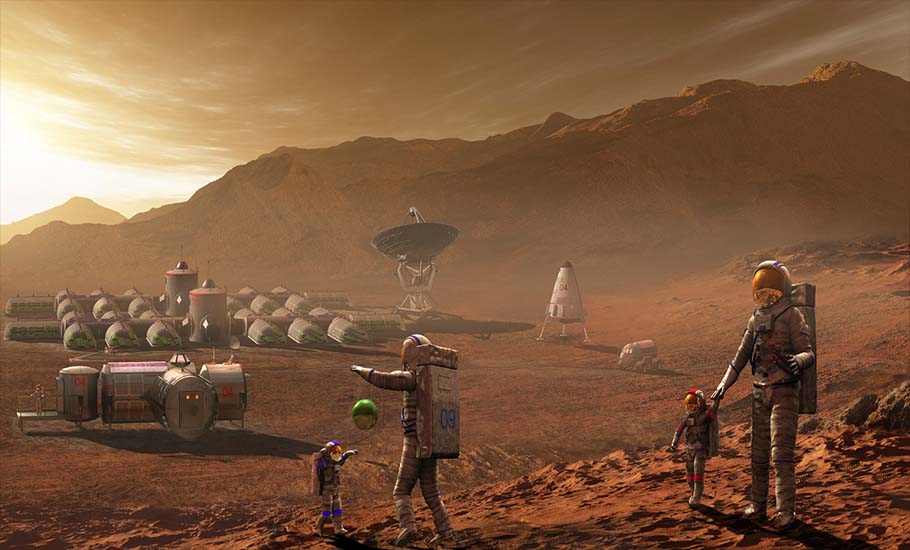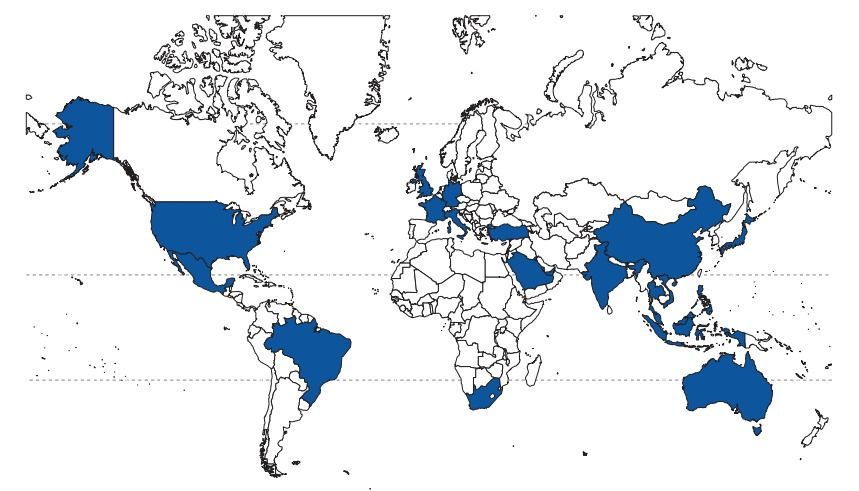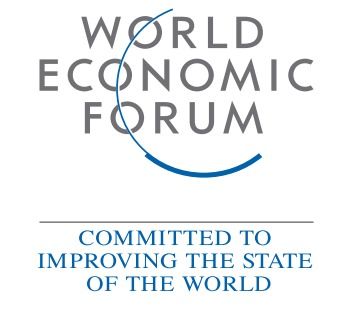Jan 29, 2016
The understanding of artificial intelligence should be better
Posted by Karen Hurst in categories: business, finance, robotics/AI, space
Overall, this is a good article. However, for AI to truly take off across industry; you must understand the industries that you’re trying to enable. I keep finding this gap in all of the AI discussions.
Yes, we have opportunities in the consumer space; however, if you truly want to be embraced by industry to enable it’s front and back office operations you must ensure that the AI that you’re developing can easily support and enable businesses. Granted not all AI belongs in business and are sometimes better suit for the consumer space or government and vice versa. However, when designing and developing AI; you truly have to know up front who is your primary targeted audience and remain focused towards that audience.
Dr. Kailash Nadh, who holds a PhD in artificial intelligence from London’s Middlesex University and is the CTO of financial technology firm Zerodha, talks about why AI hasn’t picked up yet and what lies in the future.
















